Ningxia man dedicates himself to finding, cataloging and, more importantly, protecting priceless local cultural relics, report Yang Feiyue and Hu Dongmei.
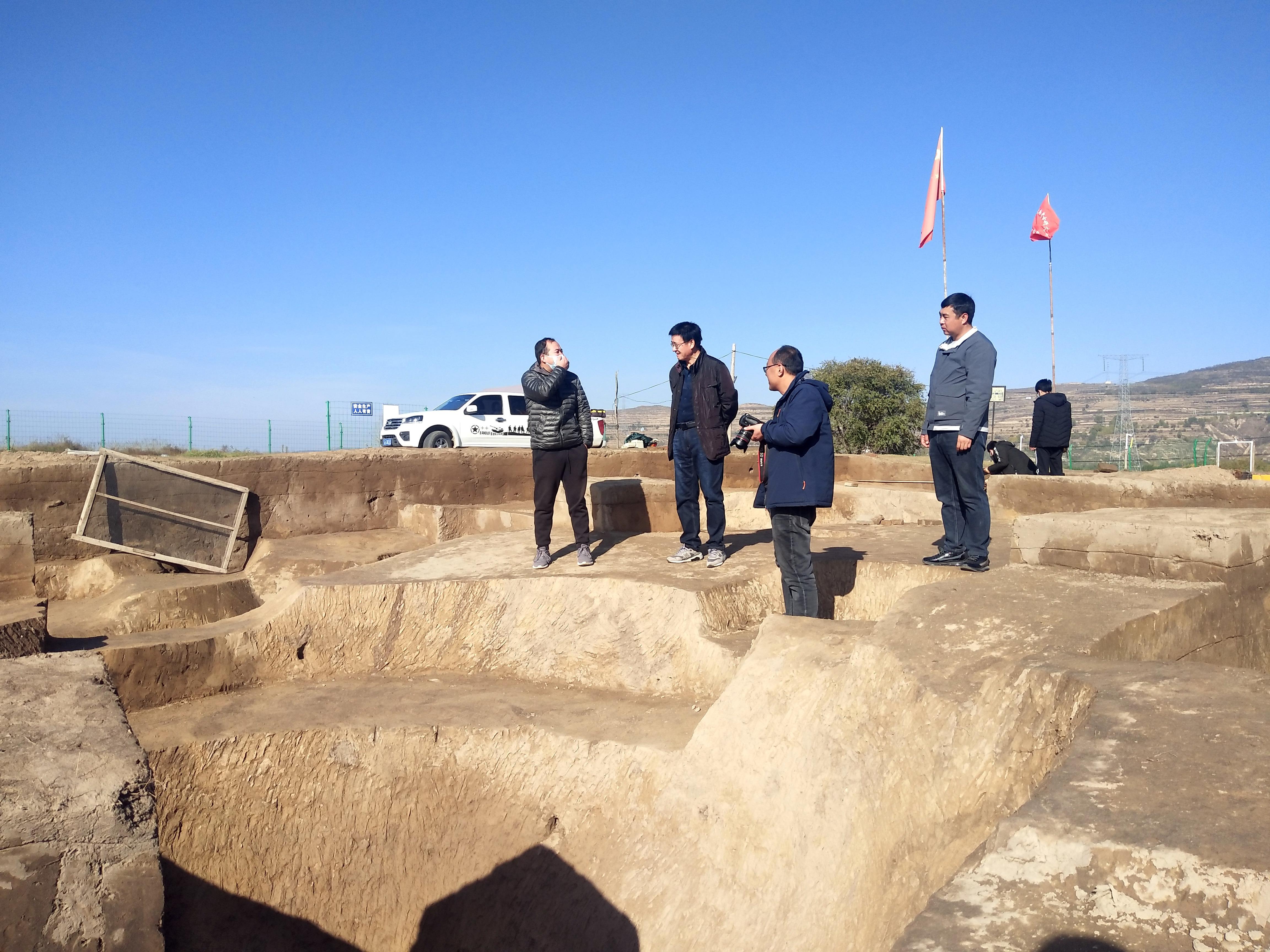 Liu Shiyou (second from left) and experts from Ningxia Institute of Cultural Relics and Archaeology conduct a field study at a Neolithic site in Longde county, Ningxia Hui autonomous region. (PHOTO PROVIDED TO CHINA DAILY)
Liu Shiyou (second from left) and experts from Ningxia Institute of Cultural Relics and Archaeology conduct a field study at a Neolithic site in Longde county, Ningxia Hui autonomous region. (PHOTO PROVIDED TO CHINA DAILY)
Time seems to go in reverse after one steps foot in the old alley of Hongya village.
The earthen walls, opera stage, millstone and stone carvings recount history at every turn in the village that sits in Longde county, Guyuan city, Ningxia Hui autonomous region.
It has become a tourist hot spot, where visitors can enjoy watching elder villagers singing popular traditional opera in the local style on the street, and local women making distinctive snacks and rice vinegar.
It all showcases the originality of the village, thanks to Liu Shiyou's insistence on keeping things as they were when, back in 2012, the village was slated for renovation after being named a traditional Chinese village by the Ministry of Housing and Urban-Rural Development and other government organs.
"The biggest attraction of traditional villages lies in the authentic old buildings and customs," says Liu, who was born and raised in Longde.
The man, in his 50s, has committed himself to the protection of local cultural relics and their activation for more than three decades and is now head of the Longde Cultural Heritage Institute and curator of the Longde Museum.
"Tourists come to the old alley to seek moments of the past and find the physical manifestation of the nostalgia in their hearts. If the original residents and old houses are gone, the traditional village loses its meaning and reason to exist," Liu explains.
His suggestions were eventually taken on board by local authorities and the old alley has become a hit among travelers.
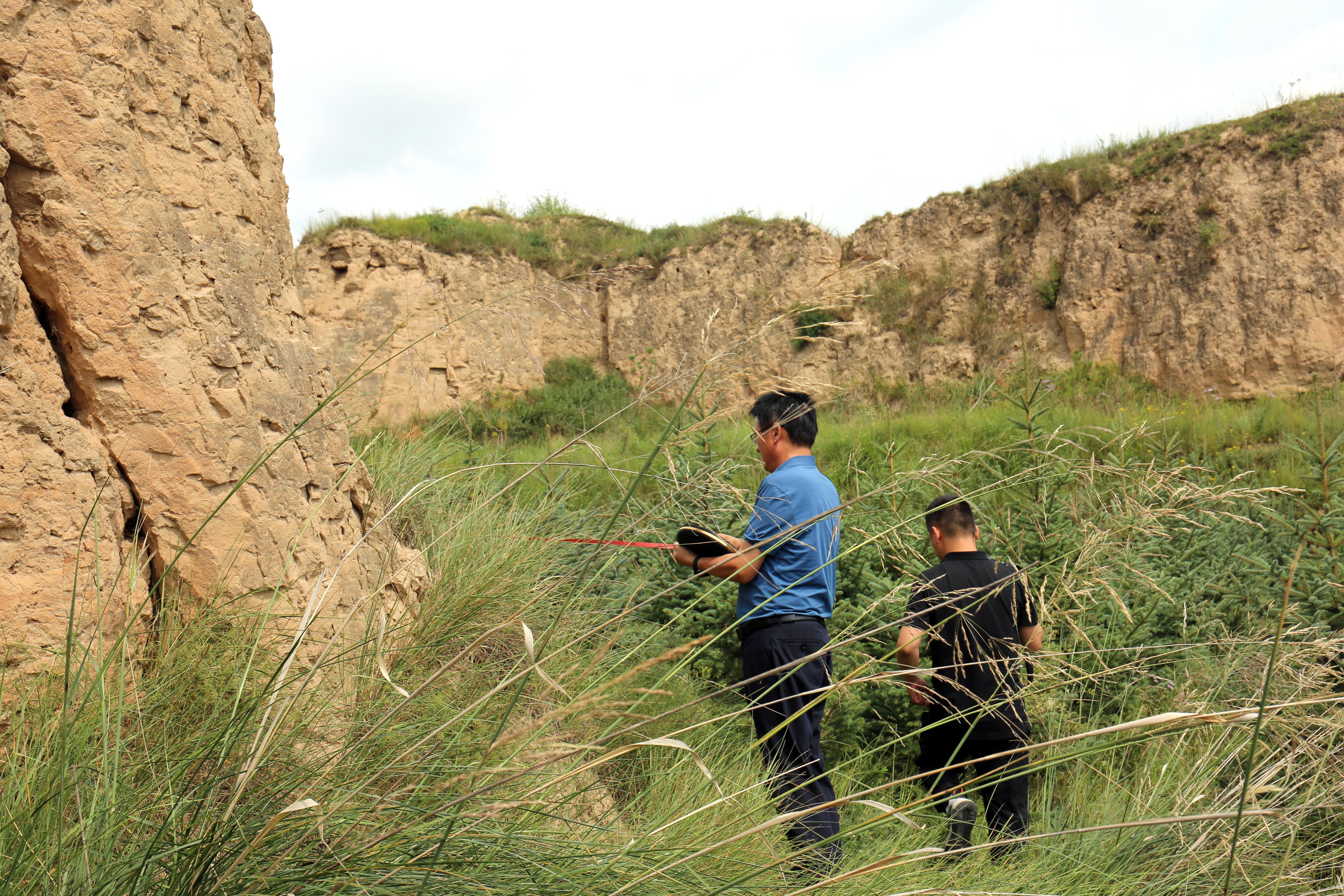 Liu (left) and a colleague survey an ancient beacon tower in Longde. (PHOTO PROVIDED TO CHINA DAILY)
Liu (left) and a colleague survey an ancient beacon tower in Longde. (PHOTO PROVIDED TO CHINA DAILY)
In addition to the alley, Longde is home to more than 100 cultural relics from the Neolithic period, and multiple traces of Qijia Culture (2200 BC-1600 BC) have turned up in the county.
Liu says he considers every relic found in Longde to be a precious family heirloom, as they are "historical evidence left by our ancestors".
Ningxia has invested more than 800 million yuan ($110.5 million) between 2016 and 2020 in the restoration and preservation of its cultural relics, says Zhang Yu, an official from the cultural relic protection and archaeology division of the region's culture and tourism department.
More than 100 major cultural relic protection projects were undertaken, realizing the digitalization, categorization and archiving of 2,000 historical artifacts.
Ningxia now has more than 3,800 registered immovable cultural relics and 75 museums, as well as multiple relic sites that record the development of civilization along the Yellow River, Zhang says.
Driven by his interest in local history, in 1993, after working as a teacher at a local primary school for seven years, Liu quit his job and started work at the Longde Cultural Heritage Institute.
After transitioning to the new career, Liu wasted no time adapting himself to his new role with great determination.
"I started from the very basics, reading books on cultural heritage," Liu says.
"I learned about laws and regulations related to cultural heritage protection, attended training courses organized by the National Cultural Heritage Administration, and engaged in extensive exchanges with colleagues to comprehensively improve myself," Liu says.
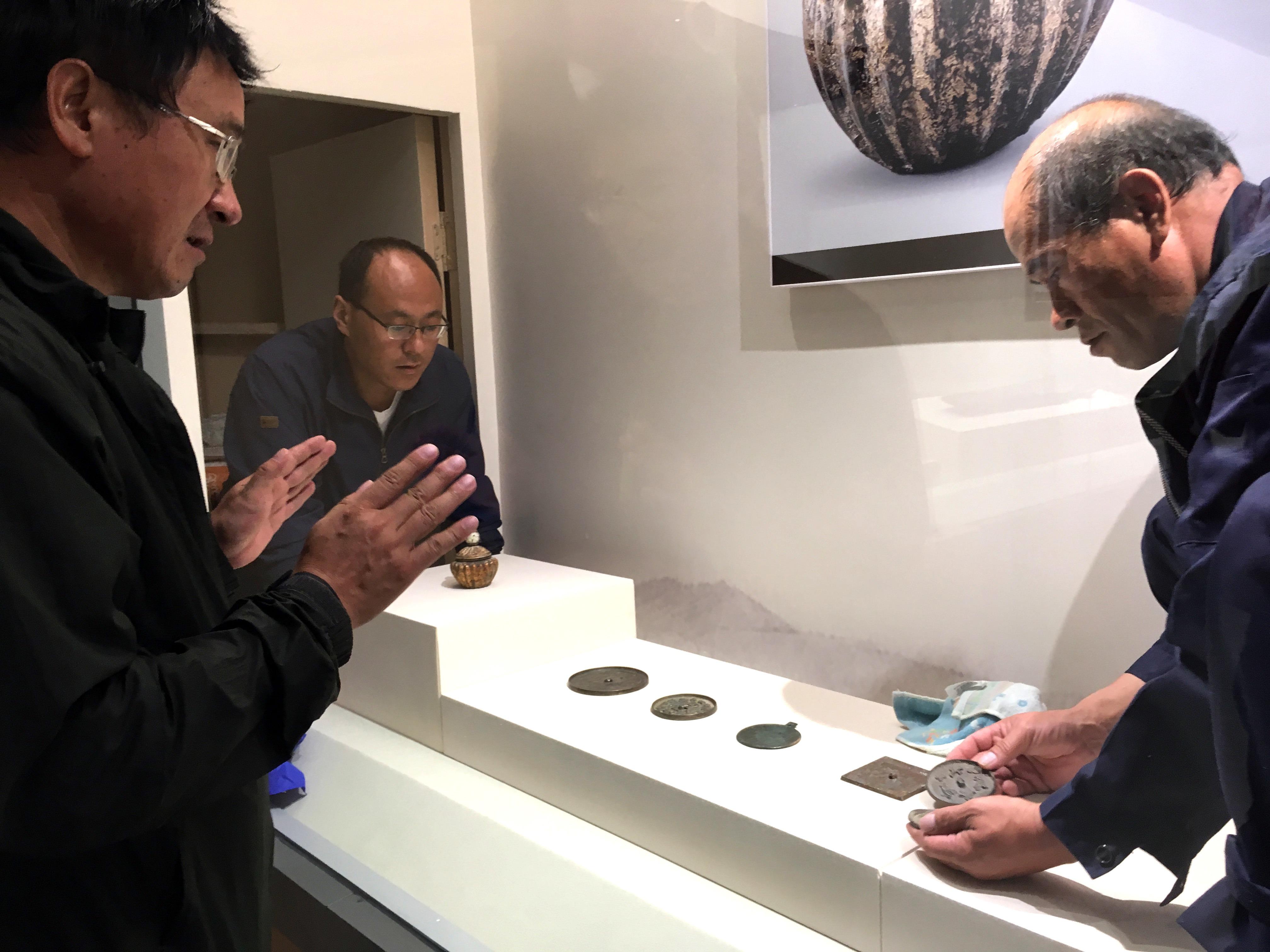 Liu curates an exhibition with his colleagues at Longde Museum. (PHOTO PROVIDED TO CHINA DAILY)
Liu curates an exhibition with his colleagues at Longde Museum. (PHOTO PROVIDED TO CHINA DAILY)
Although initially the work conditions were rough, with poor housing and a shortage of staff, Liu's interest in cultural relics grew as he visited rural areas and ventured into the countryside to collect materials and delve into local records and history books.
During the third national general survey of cultural relics, from 2007-11, Liu led a team from the Longde Cultural Heritage Institute and did field work across 13 villages and towns in the county.
Altogether, they discovered 229 new cultural relic sites and completed the filing of more than 800 relics.
Liu was named by the local government as an individual who had made an outstanding contribution to the general survey.
He also made a point of promoting the conservation of cultural heritage and relics in the process of the survey.
"Cultural relics are widely distributed throughout the countryside and, as such, face immense challenges in terms of protection," Liu explains.
"Agricultural production and residents' daily activities can cause damage to cultural relics, and it can be difficult to gather related evidence, making the handling process quite challenging," he adds.
Therefore, Liu frequently led his team to visit local rural households, disseminating information about the laws and regulations pertaining to cultural heritage protection and promptly responding to, and resolving, issues raised by the local residents.
His efforts paid off when he saw that an increasing number of villagers realized the significance of the treasures hidden in their backyards and became guardians of cultural relics themselves.
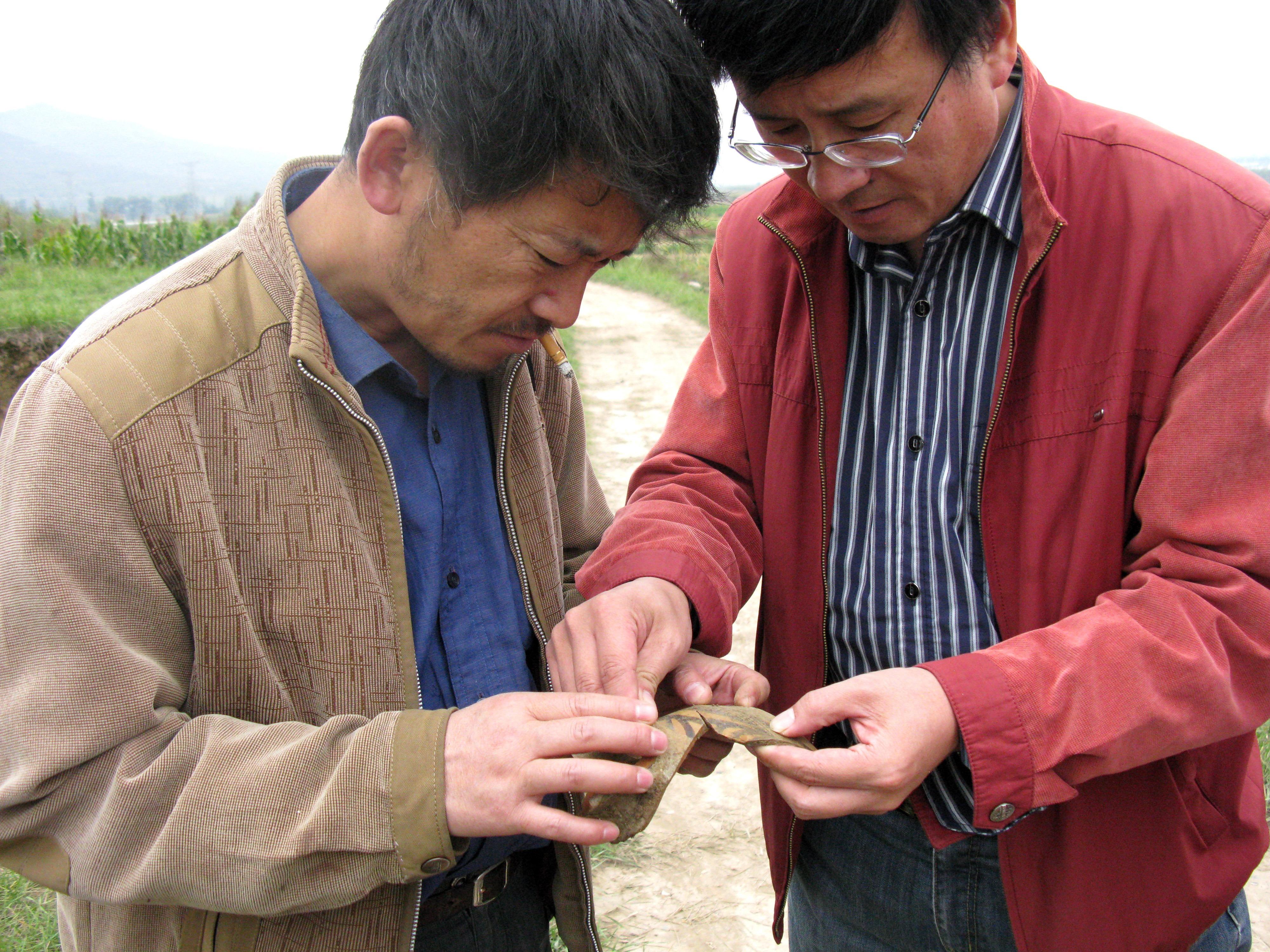 Liu (right) and a colleague examine a pottery shard. (PHOTO PROVIDED TO CHINA DAILY)
Liu (right) and a colleague examine a pottery shard. (PHOTO PROVIDED TO CHINA DAILY)
There have been no thefts of cultural relics in Longde during Liu's tenure, and he owes it to the efforts of local residents.
Cultural relics safety is the lifeblood of Liu's work.
Liu and his colleagues take shifts at the museum to ensure it is manned 24 hours a day.
In 2008, one night he was forced to fight off four thieves armed with just a spade.
"The alarm went off and the barrier protecting the cultural relics' warehouse had been broken," Liu recalls.
Fortunately, challenged by Liu, the intruders lost their nerve and ran off.
"Looking back, I still feel a bit frightened, but at that time, my only thought was to drive away the intruders and protect the cultural relics," Liu says.
With regard to immovable cultural relics protection, Liu made things clear about their ownership, management, maintenance and utilization at county, town and village levels, and kept compiling and adding to protection archives for the relevant work units.
He has ensured that he is at the forefront of the work, from conducting surveys of immovable cultural relics and investigation and field exploration, to restoration and transport of movable ones.
In particular, he has paid special attention to the transportation side.
"You have to be as careful holding a cultural relic as you are holding a baby," Liu says.
"Like a newborn, cultural relics are delicate and irreplaceable. The one difference is that, once damaged, even if repaired, a cultural relic can never be the same," he says.
When the new Longde Museum was established at the end of 2018, a painting measuring 2 meters in height and 14 meters in length that was mounted on the wall of the old museum site couldn't be removed, despite multiple attempts.
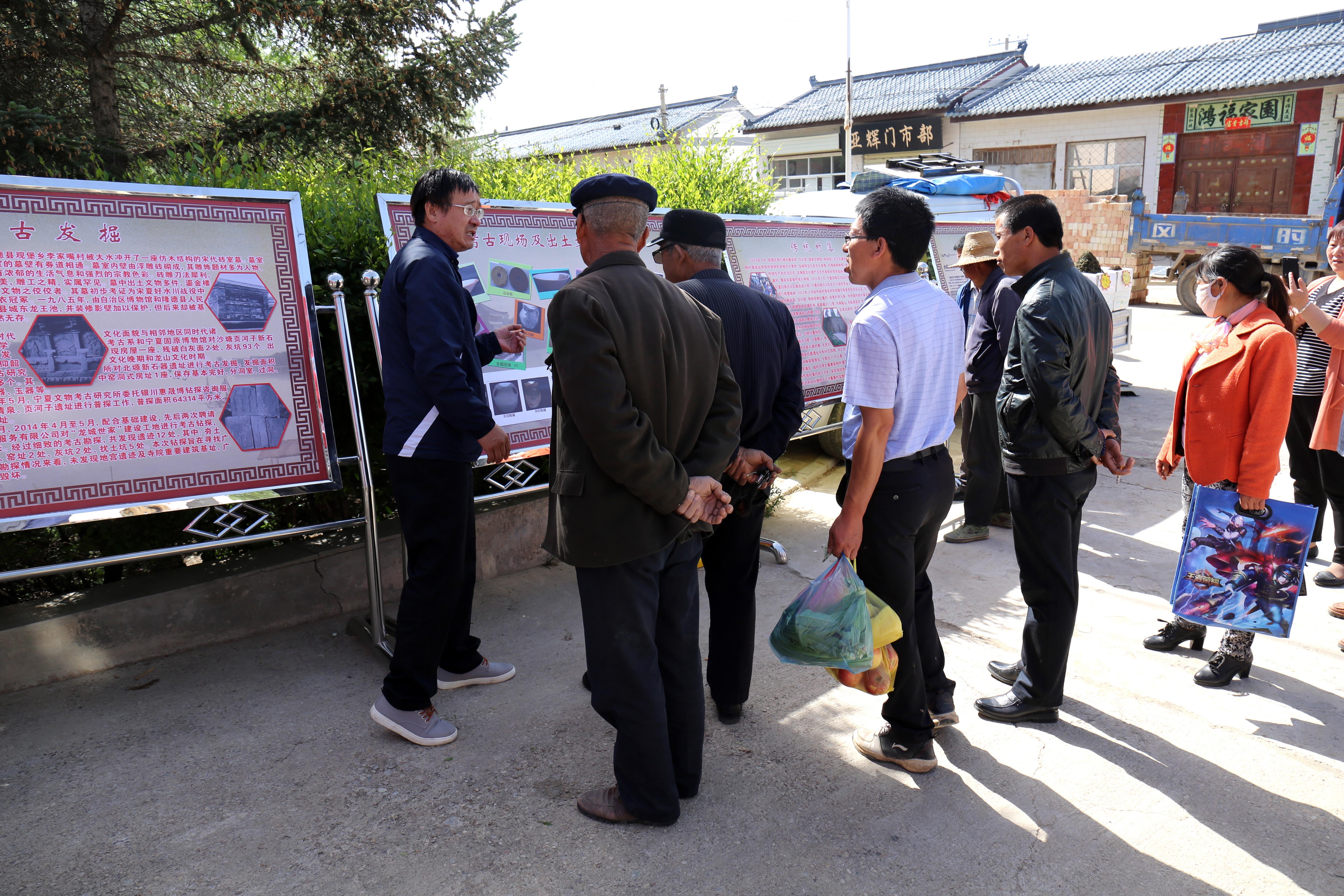 Liu raises awareness among residents about the importance of protecting cultural relics. (PHOTO PROVIDED TO CHINA DAILY)
Liu raises awareness among residents about the importance of protecting cultural relics. (PHOTO PROVIDED TO CHINA DAILY)
When some of his colleagues suggested ways of taking it down that might compromise the integrity of the work, Liu insisted on doing it the right way.
He searched for the best painting mounting masters in Ningxia to study the painting and eventually found one who was able to relocate it safely.
"Not a single piece of the museum's collection should be missing, and each one must be carefully protected," Liu says.
Visitors can see thousands of precious cultural relics at the Longde Museum now, and those from the Neolithic period have taken up considerable space, ranging from pottery jars and stone knives and chisels, to bone needles and awls.
Liu has meticulously documented each cultural relic at the facility, and has completed more than 5,000 records, taking thousands of photographs to give each artifact its own ID card.
His achievements won him the title of advanced worker in the national cultural relic work system, granted last year by the Ministry of Human Resources and Social Security and the National Cultural Heritage Administration.
It was through those tasks that Liu gained a better understanding of cultural heritage protection and local history.
He has also got a good measure of the charm of cultural preservation, becoming more cautious in his work.
"Behind every cultural relic, there are many historical stories. By understanding them, I can feel the minute details of history," Liu says.
To popularize knowledge about culture relics, Liu further organized his findings and notes, publishing a book, Cultural Relics Chronicle of Longde County. He also wrote a 50,000-word narration and trained tour guides to better tell the stories of the cultural relics in Longde.
Now, as long as Liu has time, he will go into the field, searching, in particular, for traces of the Yuezhi people, who were first reported to have lived in the west of today's Gansu province during the Han Dynasty (206 BC-AD 220).
"The historical records clearly state that they resided in this area," Liu says.
"If evidence of that can be found, the history of Longde will extend even further back — to the Han Dynasty," he adds.
Contact the writers at yangfeiyue@chinadaily.com.cn


